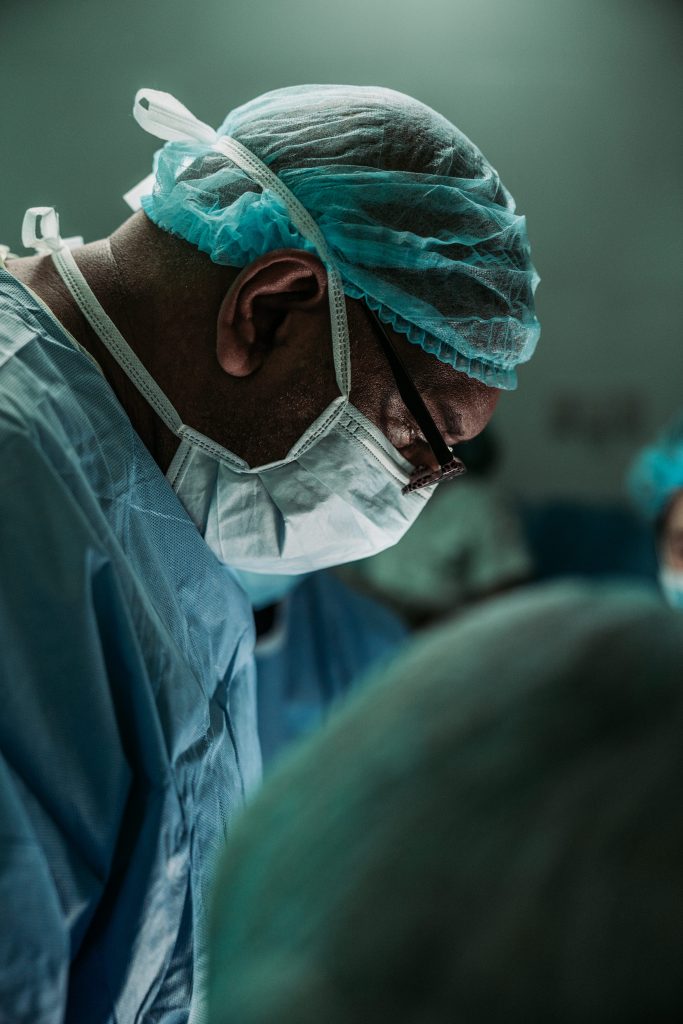
Executive Summary
Garissa County in Kenya faces significant challenges in providing access to healthcare services, particularly for vulnerable populations in rural and remote areas. These challenges are rooted in a complex interplay of factors, including infrastructure limitations, human resource shortages, and financial constraints. To address these issues, a comprehensive and multifaceted approach is required, encompassing strategies to strengthen infrastructure, enhance human resources, and improve healthcare financing mechanisms.
Introduction
Access to quality healthcare is a fundamental human right and a crucial determinant of overall health and well-being. However, in Garissa County, Kenya, this fundamental right remains elusive for many, particularly for those residing in rural and remote areas. The county faces a myriad of challenges in providing adequate healthcare services, including:
- Infrastructure Deficiencies: The lack of adequate healthcare facilities and equipment poses a significant barrier to access. Many facilities are poorly equipped and lack essential supplies, while others are located too far from rural communities, making transportation a challenge.
- Human Resource Shortages: Garissa County grapples with a severe shortage of healthcare professionals, particularly doctors, nurses, and midwives. This shortage is exacerbated by high attrition rates and recruitment difficulties, leaving many communities with limited access to skilled healthcare providers.
- Financial Constraints: Healthcare financing remains a major challenge in Garissa County. The county’s limited budget and the high cost of providing healthcare services often result in inadequate funding for healthcare facilities and programs.
Research Overview
A review of research on healthcare access in Garissa County reveals a consistent pattern of challenges and disparities. Studies have highlighted the geographical inequities in access, with rural populations facing significantly greater barriers than those in urban areas. The shortage of healthcare professionals has been identified as a critical factor, with many communities lacking access to even basic primary care services.
Furthermore, research has shown that financial constraints play a significant role in limiting access to healthcare. The high cost of transportation to healthcare facilities, coupled with user fees and out-of-pocket expenses, often deters individuals from seeking necessary care.
Discussion and Analysis of Research Findings
The research findings on healthcare access in Garissa County paint a stark picture of the challenges faced by the county’s residents. The lack of adequate infrastructure, human resources, and financial resources has created a system that is inequitable, inaccessible, and often ineffective in addressing the healthcare needs of the population.
The geographical disparities in access are particularly concerning, as rural communities are often left without essential healthcare services. This lack of access can have severe consequences for health outcomes, particularly for women and children.
The shortage of healthcare professionals is another critical issue that needs to be addressed. The high attrition rates and recruitment difficulties are further compounding the problem, leaving many communities with limited access to skilled healthcare providers.
Finally, financial constraints pose a significant barrier to access for many individuals and families. The high cost of transportation, user fees, and out-of-pocket expenses often deter individuals from seeking necessary care, leading to delayed diagnoses, untreated conditions, and exacerbated health problems.
Conclusion and Recommendations
Improving access to healthcare in Garissa County requires a comprehensive and multifaceted approach that addresses the underlying challenges of infrastructure, human resources, and financing. Key recommendations include:
- Infrastructure Development: Invest in the construction and upgrading of healthcare facilities in rural and remote areas, ensuring adequate equipment and supplies.
- Human Resource Development: Implement strategies to attract, retain, and train healthcare professionals, particularly doctors, nurses, and midwives.
- Healthcare Financing Reform: Explore innovative financing mechanisms to increase healthcare funding, including community-based health insurance schemes and public-private partnerships.
- Community Engagement: Foster community engagement and participation in healthcare decision-making to ensure that services are tailored to the specific needs of the population.
- Data Collection and Monitoring: Strengthen data collection and monitoring systems to track progress, identify gaps, and inform evidence-based decision-making.
By addressing these challenges, Garissa County can move towards achieving the goal of universal health coverage, ensuring that all residents have equitable access to quality healthcare services.

